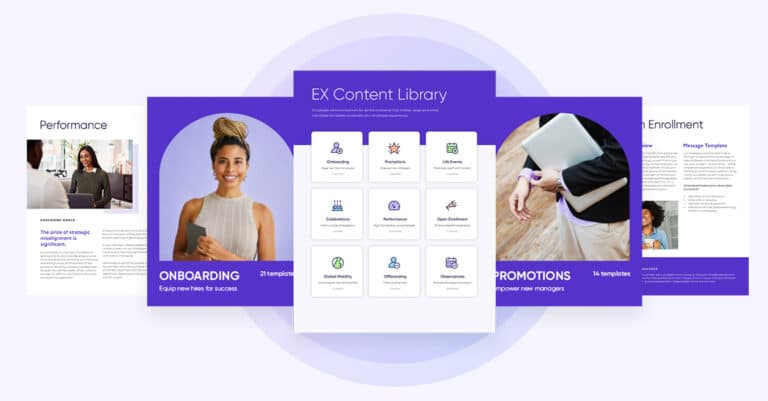In hospitals and other healthcare facilities, communication is vital. You need to communicate effectively with a large number of employees who may work different shifts, in different areas, and with varying specialties.
Yes, you could just send a standard email blast and hope everyone finds the time to read it but is this genuinely effective communication? Instead, you need to message your team in a way that will not only disseminate the information but also create employee engagement.
How can you manage this in a way that will bring the most benefit to your healthcare organization? Here are five steps to effective healthcare internal communications.
1. Be concise
Busy frontline workers and office staff alike don’t have time to read pages and pages of internal communications each day. If you want to get your message across, you need to learn to keep it short and straightforward. The clearer and more concise your messages are, the more likely your team members will read them.
After crafting your communications, take a few minutes to edit. Carefully consider each paragraph or sentence and determine whether it adds anything to the overall message. Is there a more straightforward way to get the same information across to your team? Would the message be more useful with these additional details or without them? In some cases, it may be best to include a link to further information for those who need it while only giving broad, top-level details to the entire group.
2. Stay on topic
It may be tempting to include details about other things happening within the workplace in the same message, but it’s best to resist. Yes, you want to congratulate your team when they reach important milestones or perform exceptionally well, but this does not belong in a message regarding a new protocol or change in guidelines. Consider creating a separate newsletter or internal web page to share this sort of information while keeping your internal communications on topic.
As you write a message or create content to be distributed to your team, be sure you’re not confusing your message with unrelated information. Carefully consider the main topic of your message, and then cut any part of it that is not related to that topic. If the separate information needs to be shared, consider sending a separate message on that specific topic. This way, employees can easily search or scan through the messages they’ve received to later find specific information.
3. Consider your audience
Not every message needs to be sent to each member of your organization. Details regarding a new billing system probably don’t need to go to the emergency department. Likewise, you don’t need to inform the accounting department about new protocols related to incoming trauma patients.
When your team constantly receives messages that don’t apply to their jobs or daily work, they begin to tune out. Instead, target each message to only those employees who will actually benefit from the information. In some cases, this will be the entire organization, but most messages should be targeted more precisely. Your employees will thank you when they don’t need to wade through dozens of irrelevant messages to get to the information they actually need to do the job.
4. Choose your platform wisely
When you’re dealing with a group that includes both frontline workers and office staff, you need to be careful how you send out each message. Not all of your employees sit behind a desk or check email on a computer. This is why the platform you use to communicate with them is so important.
When choosing a communications platform, you’ll want to consider a number of factors. First, is it accessible through all of the various devices used within your organization? Next, is it reliable and safe, with minimal downtime and adequate security protections. Finally, will your message platform of choice allow you to send communications to specific departments or even individuals within your organization, rather than having to message everyone all at once? These questions and more must be addressed when choosing a platform to ensure the most effective communication within your healthcare team.
“Accurate and easily accessible information is the best way to ‘vaccinate’ our employees from uncertainty. When communication is timely everyone is best able to do their job at the highest level.”
— James Linder, MD CEO Nebraska Medicine
5. Open the door to feedback
The last piece of the puzzle is always to open the door for two-way communication. Your employees need to know that someone is available to answer any questions they may have or address their concerns. Be sure to include information about who to speak with on any given topic.
By giving your team a platform for feedback, you can clarify any points that may have been unclear or misunderstood and at the same time show them that their input is valued. Beyond giving specific directions about who to speak with about each topic, there should also be a way for all employees to communicate with top management levels on any topic they need to address. Create a safe way for team members who have a concern to reach out without fear of ridicule or retaliation. Create specific pathways for messages regarding company policies, suggestions, HR-related concerns, and other broad conversation topics.
In the end, when communicating with busy healthcare professionals, it’s essential to keep your messages short, on topic, and easily accessible to those who don’t sit behind a desk.
If you’re looking for a messaging platform that will help you create the most effective communications for your team, request a Firstup demo today. We’d be happy to help you increase engagement within your healthcare organization.
Download PDF








